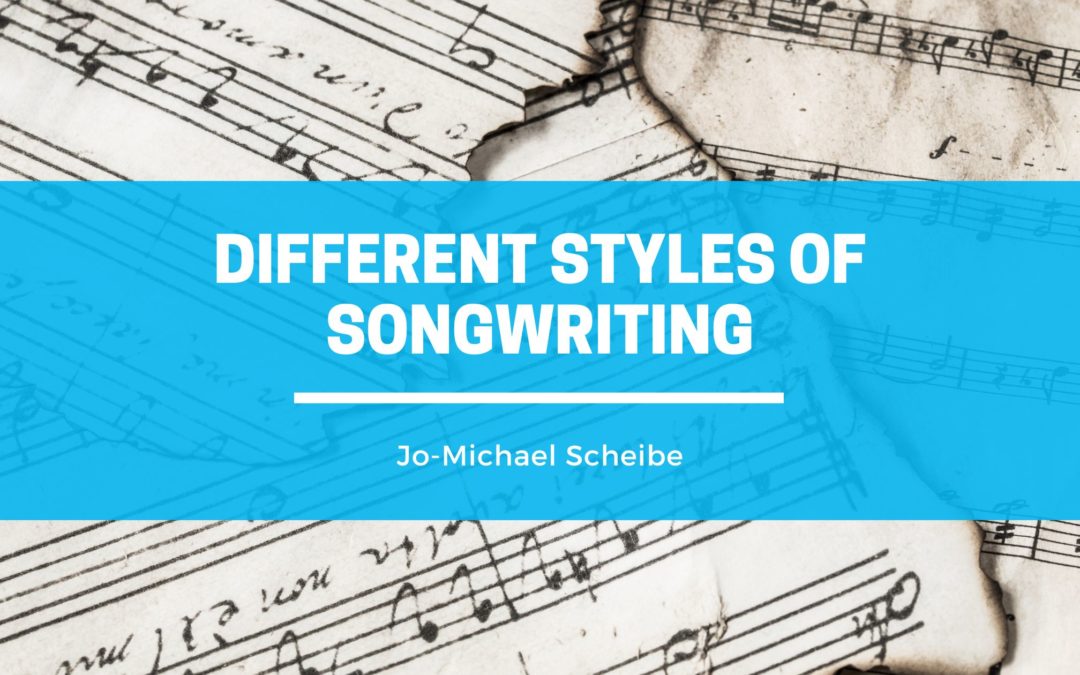All popular songwriting, such as folk, blues, pop, and rock songs, builds on fundamental song forms. The songwriter chooses the best structure for the genre of the music to write by being familiar with the basic song forms and their traditions. The two main categories of song forms are stanzaic and non-stanzaic. The latter is also used with allocated letters “A,” “B,” and “C,” as well as “AAA.”
Stanzaic Music
Strophic or stanzaic songs have a single unit known as a strophe or stanza repeated an undetermined number of times.
Folk music has a long history and is closely related to stanzaic songs. The first and third beats of the ballad stanza are four beats long, while the second and fourth beats are three beats long. Additionally, the first line can be condensed to three beats. Sometimes the first and third lines also rhyme, as do the second and fourth lines.
The traditional 12-bar blues song has three rhymed lines in each stanza, with the second line restating the first. The third line of the 12-bar blues song is the answer phrase. It musically and lyrically responds to the thesis of the first two lines, as in the lines from Bob Dylan’s Outlaw Blues, “Ain’t it hard to stumble when you’ve got no place to land.” and “In this whole vast universe, I’ve got nothing at all.”
Verse and Chorus
Songs that follow a verse-and-chorus format frequently contain lengthy and intricate refrains. A piece has an extended refrain when the chorus’s words and melody are the same, but the verses’ music and words change. Most well-known songs from the classic rock era are written in a verse-and-chorus format, which has been around since the mid-19th century. Eight-bar verses and choruses, as in The Beatles’ “Get Back” and Creedence Clearwater Revival’s “Proud Mary,” are typical in verse-and-chorus songs.
Non-Stanzaic Music
Because they alternate between the various elements of verse and chorus, songs with verses and choruses challenge the concept of a stanzaic song. Tin Pan Alley and show-tune songwriting are connected with elaborate renditions of non-strophic tunes, and the structures of these songs are given a letter. The typical letter assignments are “A” for verses, “B” for choruses, and “C” for the bridge. AABA is the most typical non-stanzaic song form, with The Beatles’ song I Want to Hold Your Hand being just one of the thousands of examples. The oldest song form and one connected with folk music is the stanzaic song form, or “AAA,” from the standpoint of this kind of songwriting structure.

